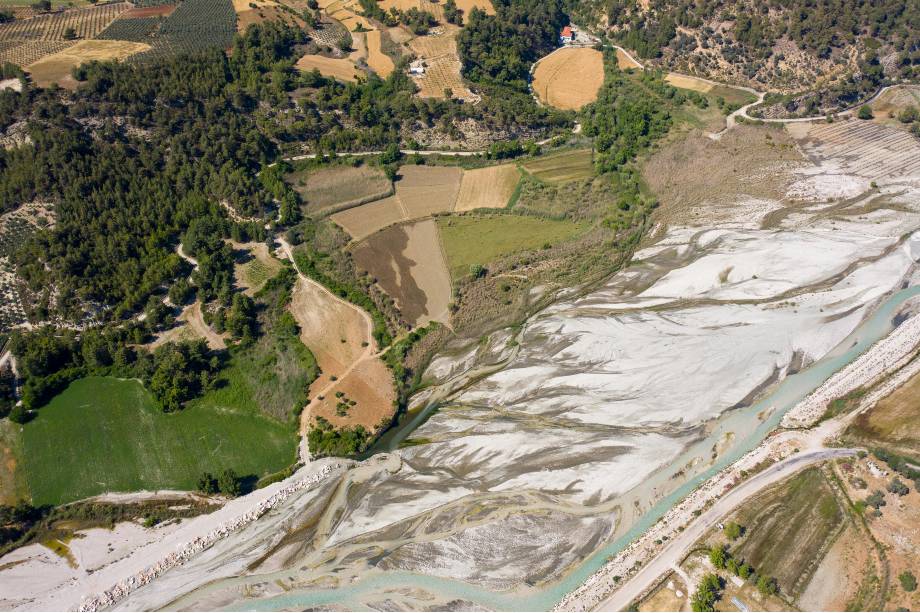
Precision Insights from the Planet’s Most Remote Places
Satellite IoT enables real-time environmental monitoring in areas where traditional networks simply can’t reach. Whether tracking deforestation deep in rainforests, glacier movement in polar regions, or carbon levels in protected reserves, satellite-connected sensors offer an always-on data lifeline for environmental intelligence.
Why Satellite IoT?
- Global Connectivity: Monitor ecosystems across deserts, oceans, mountains, and tundra without terrestrial infrastructure.
- Early Warning Systems: Detect wildfires, floods, landslides, or pollution events with real-time alerts.
- Climate Science: Track long-term changes like glacier melt, permafrost thaw, and ocean salinity from anywhere.
- Biodiversity Protection: Monitor animal movement, detect poaching, and track habitat health in conservation zones.
- Minimal Impact: Satellite IoT devices are low-power, rugged, and operate for years without maintenance.
Key Benefits
- ✅ Global, Always-On Coverage
- ✅ Works Where Cellular Fails
- ✅ Real-Time Environmental Data
- ✅ Long-Term Monitoring with Low Power
- ✅ Supports Sustainability & Compliance
Use Cases: Environmental Sensors in Remote Regions
Air Quality Monitoring
Track PM2.5, ozone, and NO₂ in unmonitored rural or high-altitude areas.
Water Quality Sensors
Measure pH, turbidity, dissolved oxygen, and salinity in lakes and rivers.
Carbon Sequestration
Quantify carbon stored in vegetation and soils for offset programs.
Wildlife Tracking
Track migratory patterns and animal activity using GPS collars and tags.
Deforestation Monitoring
Detect canopy loss and illegal land clearing in protected areas.
Glacier & Ice Sheet Tracking
Monitor changes in ice mass and movement in Arctic or alpine zones.
Wildfire Detection
Detect early-stage wildfires using thermal and gas sensors.
Permafrost Monitoring
Track soil temperature and thawing in Arctic permafrost zones.
UV & Solar Radiation
Measure solar and UV exposure over deserts, oceans, and mountains.
Methane & CO₂ Sensors
Capture GHG concentrations from remote landfills or wetlands.
Noise Pollution
Monitor acoustic activity in sensitive ecological zones (reefs, forests).